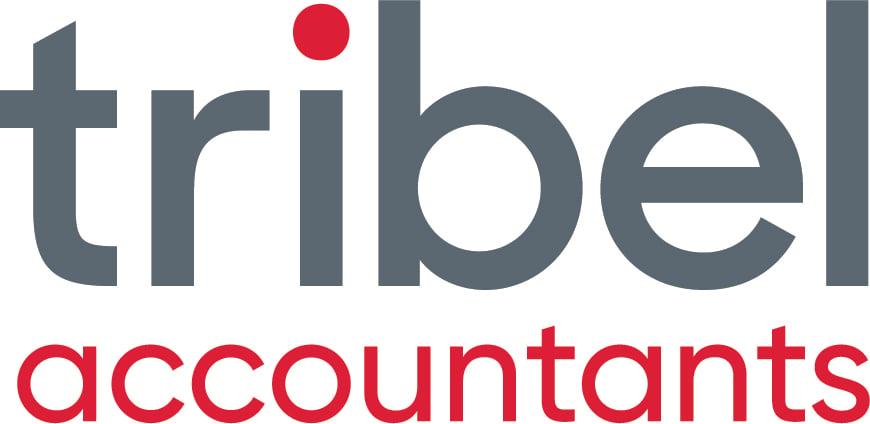INTRODUCTION:
Running a small business often means long hours particularly while it's getting established. Even then, these numbers can increase depending on various goals and challenges you may have set yourself. Verne Harnish from Gazelles who I have seen talk brilliantly at conferences talks about how these numbers can be reduced and sites examples. One of these was the story about a guy called Murray Seward. So what is his story?
Well, Murray Seward owns Outback Group which is a Survivor-style adventure business which went from $3,000,000 in revenue to $8,000,000 in three years despite cutting his hours to just 10 hours a week. So how did he do this and are there any lessons for small business accountants and their clients that should be learnt?

Figure 1: It might shock you but with some planning you can reduce your hours and make more profit.
1. Try A Different Approach
Whilst watching a hockey game, a friend suggested to Murray that he try a different approach to the countless hours he was working. He decided to use a scaling up approach and work on Thursdays. The other 4 days were spent with his wife and family, reading business books and volunteering as a mentor with young entrepreneurs. Now I can hear you all say "Well that's ridiculous and we would all love to do this but it's not practical!" and I get that. However, what if you tried to achieve this with a plan? You might not get down to 10 hours but you might just get even one day off a week or more?
Scaling up addresses the following issues:
- Leadership - the inability to staff/grow enough leaders throughout the organization who have the capabilities to delegate and predict;
- Scalable infrastructure - the lack of systems and structures (physical and organizational) to handle the complexities in communication and decisions that come with growth; and
- Market dynamics - the failure to address the increased competitive pressures that build (and erode margins) as you scale the business.
Once you have removed these barriers you will be in a much better place to scale up your business. There are a number of tips to do this but most of this can be handled through the developing of a one page strategic plan and then reviewing and meeting quarterly to measure progress with action plans and accountability. This process works because we've been through it and it has produced sensational results and much better cash flow.
2. Own A Niche
Seward learnt that being very clear on what to sell with a niche market which then led to higher margins and less competition. He had previously focused on ski trips which had low margins and relied on expensive contractors. Thousands of companies offer these services. The TV show Survivor was taking off and he started getting inquiries whether his company could provide this type of experience. It was a light bulb moment , required no outsourcing (ski trips did) and then after the Amazing Race show took off, they offered this event as well.
He now had products people wanted but the challenge was working out how to sell them. KPIs were set and response times were monitored to leads. Quicker response times led to higher conversions and the business took off.
3. Brief & Regular Catch Up With Team
Each week Seward has brief catch ups with the leaders in his team. He does not miss a meeting and makes sure they are held each week. He will ask:
- "What's not going well with each business unit?";and
- "How can I help?".
He created a system to hold the meetings including Skype set up and they are now run like clockwork.
4. Be Frank In Communication
With the meetings there is no beating around the bush. Honest and open communication is a core belief of the company and has become part of its culture. It selects employees who have they fell have these traits when hiring.

Figure 2: Without proper planning you may as well race to the bottom not the top.
5. "Container Store" Payment Principle
Initially Seward paid his young team the bare minimum. However after seeing Container Store chairman Kip Tindell speak, he decided to adopt the approach of paying people far more than what they thought they would get. This also eliminated the need for some employees (he employs 32 people) who were working two jobs so that productivity levels went up. Flexibility options also were offered and noticed that employees were then all more willing to cover for each other.
CONCLUSION:
Not everyone can be a Mike Seward. However, by scaling up using the one page strategic planning process and being disciplined to hold meetings, your business can be transformed. Since he started the process, revenue went up 166% and profits 333%. Of course his business valuation has gone through the roof - more profits and less owner reliance! Yet, when I suggest to some business owners who are struggling that they should consider going through the strategic planning process they sometimes stall thinking it will take too much time and not make much difference. This leads me to ask myself one question:
Why?


.png?width=100&height=100&name=COVID_Safe_Badge_Digital%20(002).png)




